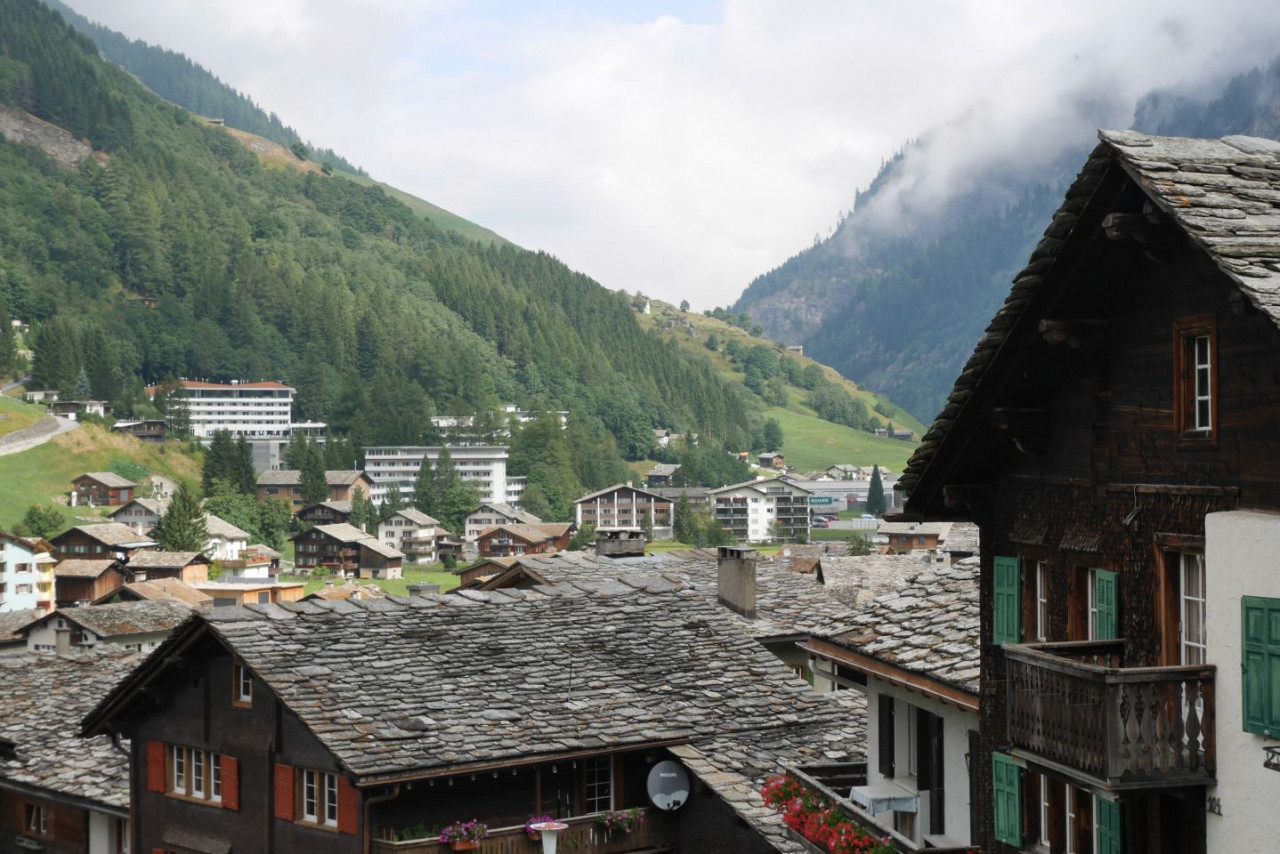How ugly modern Architecture created new Livelihoods in an alpine Village
Written by Alessandro Joshua Pierro & Ella Schubiger, students of the University of Zurich
When you see modern architecture, the first thing which comes to mind is probably not an alpine village, isn't it? But Vals, a small alpine village with only 1000 habitants, tried to change that and was pretty successful with it. The winner of the European Village Renewal Award 2012 (Europäische ARGE Landentwicklung und Dorferneurung: 2012) has been praised for multiple reason and therefore created many new livelihoods for its inhabitants.
The most prominent example for modern architecture is the Vals thermal bath. It was built with local sourced stones and integrated into the landscape. It has become a symbol of Vals and instead of de-stroying the landscape, it has created a whole new architecture philosophy in Vals. This rather unusual approach for an alpine village has drawn much attention to it, which then led to a lot of publicity. This was used to further push the local produce and the economy of Vals. Therefore many new livelihoods were made possible. The first one which comes to mind is tourism. The tourism is mostly based on the thermal bath, but also the local mineral spring and the mining of "Valser Quarzit". Therefore many new small and medium sized industries and businesses were created. This made the village more attractive for its inhabitants, but also for tourists. Thus Vals can also show a constant number of inhabitants and newcomers (Europäische ARGE Landentwicklung und Dorferneurung: 2012).
As we can see, a well-planned and conscious project can influence and transform a whole village. Livelihoods of the people inhabiting the place are sensible to changes, and in the example of Vals, they have been changed in a mostly positive way. The thermal bath in modern architectural design has caused Vals to be a great example for new emerging livelihoods in Swiss alpine villages that involves an increasing manufacturing of products for sale, a change in the production standard for foods, and expanding tourism activities and offerings. However, all change comes with downsides, and mountain communities and policies need time to adapt to the changes.
Sources
Christian Hofer. (2012, September 21). Europäischer Dorferneuerungspreis 2012 Vals ist Gesamtsieger, Poschiavo erhält eine Auszeichnung. Bundesamt Für Landwirtschaft BLW.
Europäische ARGE Landentwicklung und Dorferneurung. (2012). Beurteilungen Europäischer Dorferneuerungspreis 2012. In Land.
Mary Franck. (n.d.). Image of thermal bath Vals. 3.Bp.Blogspot.Com. Retrieved November 6, 2022, from https://www.pinterest.ca/pin/521150988105601209/?amp_client_id=CLIENT_ID(_)&mweb_unauth_id={{default.session}}&simplified=true
Peter Rieder. (1999). Landwirtschaft in wirtschaftlich verschieden entwickelten Gebieten. In Forum für Wissen (Issue 2).
von Glasenapp, M., & Thornton, T. F. (2011). Traditional Ecological Knowledge of Swiss Alpine Farmers and their Resilience to Socioecological Change. Human Ecology, 39(6), 769–781.
Related Posts
Comments
By accepting you will be accessing a service provided by a third-party external to https://www.mountainapp.net/
This website uses no external trackers, no analytics, just session cookies and values your online privacy.




